10 Reasons Why King Crab Is So Expensive and Worth Every Penny
US King Crab commands high prices due to exclusive origins in cold Alaskan waters, labor-intensive harvesting, sustainability practices, limited seasonal availability, exceptional size and quality, global demand, shipping costs, rigorous processing, culinary prestige, and preservation investments.

The Alaskan King Crab is a delicacy renowned for its rich flavor and tender meat, commanding high prices in seafood markets around the world. This article explores the key reasons behind the premium price tag associated with this luxurious crustacean.
Disclosure: As an Amazon Associate, this site earns from qualifying purchases. Thank you!
1. Exclusive King Crab Origins
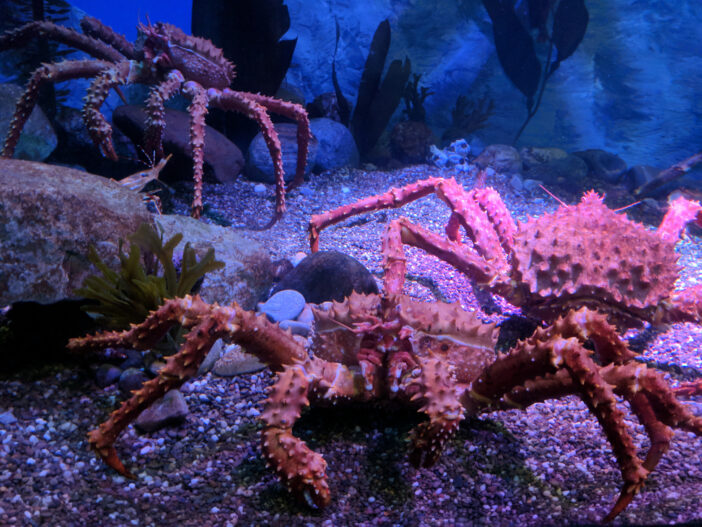
The King Crab is native to the cold waters of the Bering Sea and the North Pacific Ocean, particularly around Alaska’s coast. This exclusivity of origin lends itself to the crab’s rarity and desirability, as it cannot be found just anywhere in the world. The pristine, nutrient-rich waters of these areas are ideal for producing crabs of superior quality, further justifying the high prices they fetch on the market.
Moreover, the unique ecosystem where these crabs thrive is not easily replicated, making farming alternatives scarce. As a result, wild-caught King Crabs from these exclusive locales are highly sought after, with their origin being a badge of authenticity and luxury that elevates their market value.
2. Laborious Harvesting Methods
Harvesting King Crabs is a physically demanding and dangerous job, requiring fishermen to head out into treacherous, icy waters. The crabbing season is also short, and the work involves long hours in harsh conditions, contributing to the higher cost of the catch. The labor-intensive nature of crab fishing, with pots needing to be baited, set, and hauled manually, adds to the overall cost of the crabs.
Additionally, the use of specialized vessels and equipment designed to withstand the extreme conditions of the Alaskan waters increases operational costs. The skill and bravery of the crews who undertake this perilous work are intrinsic to the value of the King Crab, as their efforts are essential in bringing this delicacy to the table.
In the video, the JoyFarm explains –
JoyFarm
- The video explores the world of king crab fishing and processing, showcasing the journey from the deep sea to the dining table.
- Brave fishermen venture into harsh, cold waters early in the morning to catch tens of thousands of king crabs using special traps.
- Once caught, king crabs are immediately transported to fishing ports, where they are stored in ice water pumped with oxygen to maintain freshness.
- The processing plant is where specialized workers clean the king crabs, separating the legs from the body and washing them to remove debris.
- Metal cages are used to neatly place thousands of king crab legs, which are then scalded in hot water to turn them a bright red color.
- Processed king crabs are shipped to fish markets and supermarkets, attracting chefs and traders from around the world.
- In Japan, king crab is considered the best variety and can cost up to U.S. forty dollars per pound, with some individual pieces reaching up to 5 million yen.
- The video highlights the sweet and juicy nature of king crab meat, leaving customers satisfied after taking a bite.
- Gratitude is expressed towards the hard-working fishermen and individuals in various fields who contribute to making such seafood available for consumers to enjoy.
- The video concludes with an invitation to subscribe to the channel, thanking viewers for their time and expressing hope that they enjoyed the content.
3. Strict Sustainability Practices
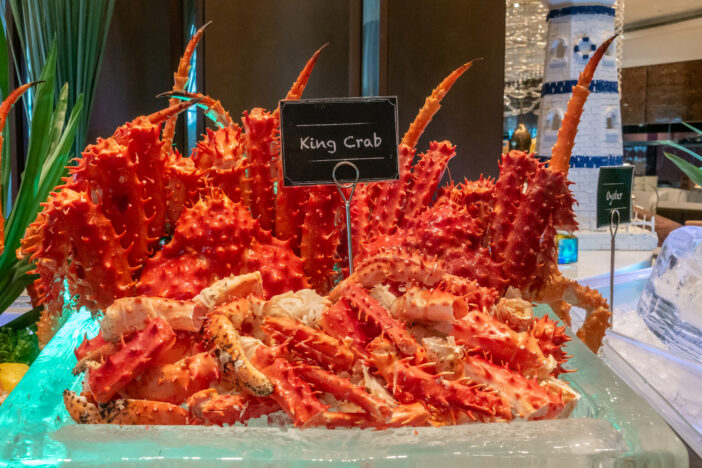
King Crabs are subject to stringent regulations that ensure their populations are maintained at sustainable levels. These practices include limits on the number of crabs that can be caught, the size of the crabs, and the time of year when fishing is allowed. These regulations are in place to protect the species from overfishing and to ensure that future generations can continue to enjoy King Crab.
The costs associated with managing and enforcing these sustainability measures are factored into the final price of the King Crab. The commitment to conservation requires significant investment in research and monitoring, which, while essential for the crab’s long-term survival, also contributes to the higher costs consumers face.
4. Limited Seasonal Availability
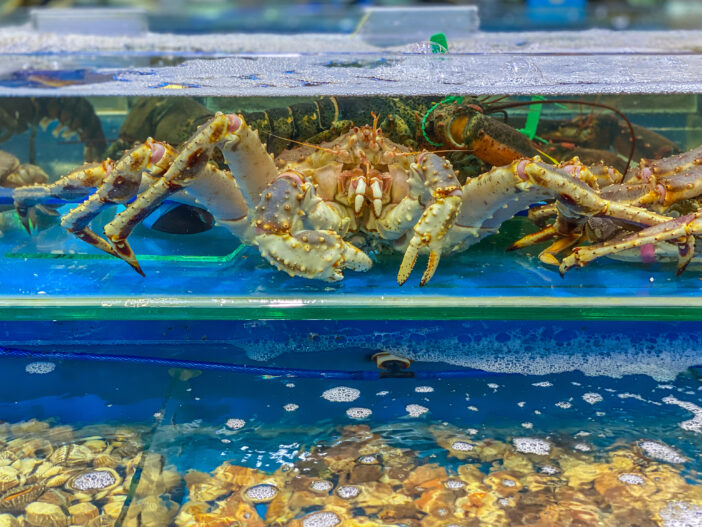
King Crab fishing seasons are highly regulated and are typically very short, sometimes lasting just a few weeks. This limited window of availability means that the supply of fresh King Crab is restricted to certain times of the year, creating a scarcity that drives up prices. The anticipation for the season also builds a market demand that peaks during the harvest months, further inflating the cost.
Outside of the official season, King Crabs must be sourced from existing stocks that have been frozen, which can affect both the price and the perceived freshness of the product. The limited seasonal availability thus ensures that the King Crab remains a premium, seasonal product with prices reflecting its exclusivity.
5. Exceptional Size & Quality
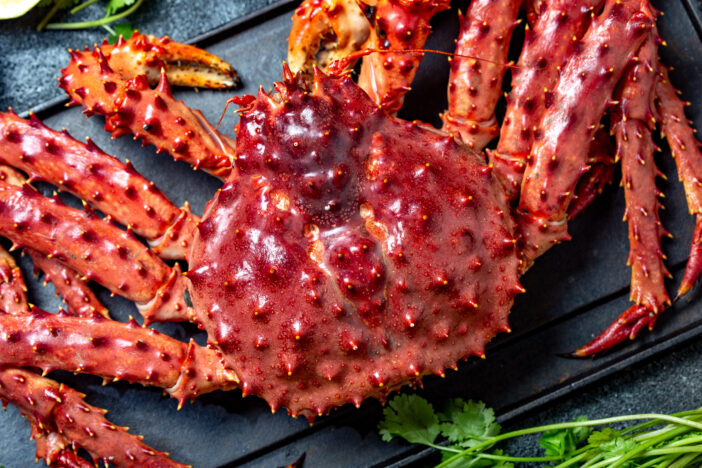
King Crabs are known for their impressive size, with some individuals boasting leg spans of up to six feet. This exceptional size means that there is a significant amount of meat within each crab, and the meat itself is known for being particularly sweet and succulent. The larger the crab, the more valuable it is, and consumers are willing to pay a premium for these impressive specimens.
Quality is also a major factor in the high price of King Crabs. The meat must be firm, rich in flavor, and free of any defects. Crabs that meet these high standards are graded accordingly, and the top-grade crabs command the highest prices on the market.
6. Intense Global Demand

The demand for King Crab extends far beyond the United States, with markets in Japan, China, and Europe clamoring for this prized seafood. As global demand increases, the prices naturally rise, especially as the King Crab is often considered a luxury item in international markets. This worldwide competition for a limited supply ensures that prices remain high.
Furthermore, as the middle class grows in many countries, more consumers have the disposable income to spend on luxury food items like King Crab. This broadening customer base contributes to an ever-increasing demand, which, when coupled with the limited supply, leads to premium pricing.
7. High Shipping & Handling Costs
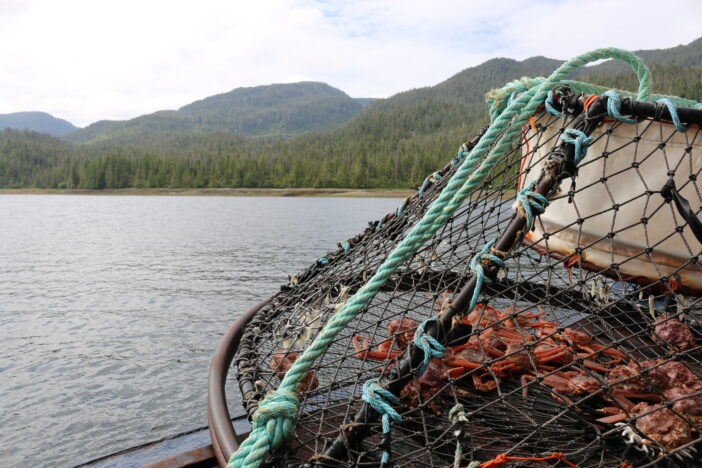
Due to its perishable nature, King Crab must be transported quickly and carefully to maintain its quality. This often requires expedited shipping methods, such as air freight, which are significantly more expensive than standard shipping options. The costs associated with these specialized logistics are then passed on to the consumer.
Additionally, the packaging required to keep King Crab fresh during transport adds to the overall cost. Insulated boxes, gel packs, and other materials designed to maintain the appropriate temperature and protect the crabs during transit are essential but costly aspects of the supply chain.
8. Rigorous Processing Standards
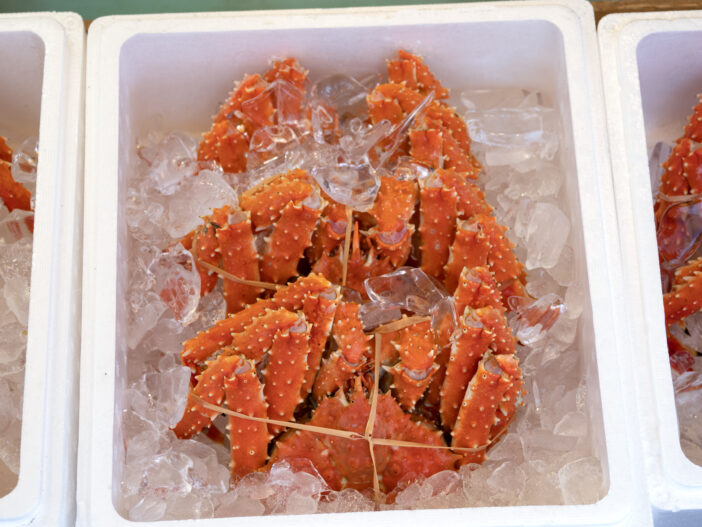
Before King Crab reaches the consumer, it undergoes a meticulous process of cleaning, cooking, and sometimes freezing, which must adhere to strict quality control standards. This ensures that the crab is safe to eat and retains its premium taste and texture. The processing facilities must be equipped with advanced technology and staffed by skilled workers, both of which contribute to the higher cost of the final product.
The rigorous standards extend to the inspection and grading of the crabs, which are scrutinized for quality and size. This level of detail ensures only the best crabs make it to market, but it also means additional labor and oversight costs that are factored into the retail price.
9. Culinary Prestige & Taste
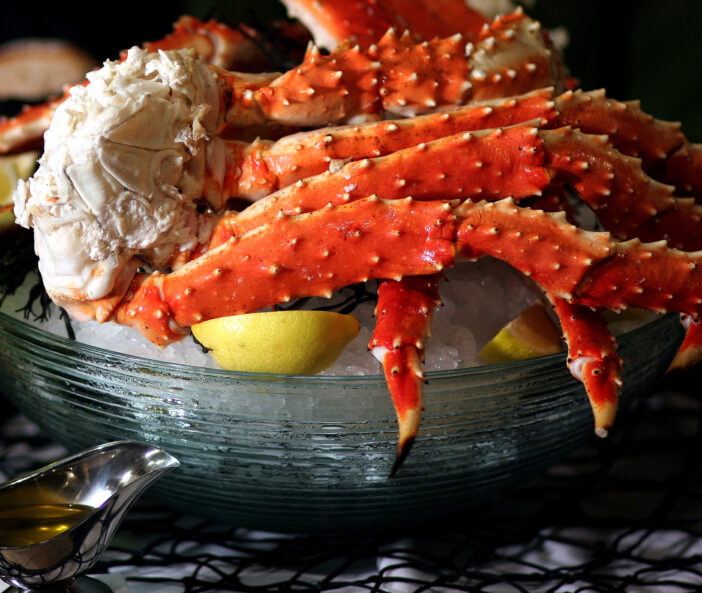
King Crab is often associated with fine dining and luxury cuisine, which adds to its allure and allows for higher pricing. The crab’s succulent meat is a favorite among chefs and food connoisseurs, and its presence on a menu can elevate the status of a dining establishment. The culinary prestige that comes with serving King Crab is another reason consumers are willing to pay top dollar.
The taste of King Crab is unparalleled, with a rich, sweet flavor and delicate texture that is highly prized. This exceptional taste experience is a result of the crab’s natural diet and the cold, clean waters in which it lives. The combination of taste and texture makes King Crab a standout in the seafood world, justifying its premium price.
10. Investment in Preservation Efforts
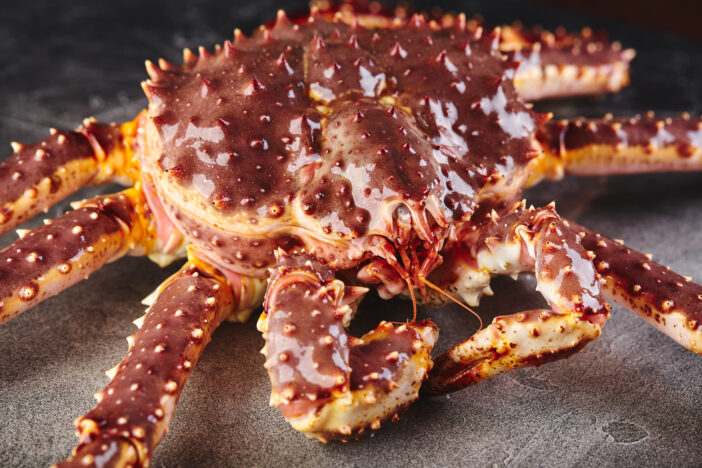
Investments in the preservation of the King Crab’s natural habitat and the species itself are critical to ensuring its continued availability. Environmental changes and human impact can threaten the delicate balance of the ecosystems where King Crabs live. Funding research, conservation initiatives, and habitat protection programs are expensive, but it is a necessary cost to maintain the King Crab population and, by extension, the industry.
These preservation efforts have a direct impact on the price of King Crab, as the costs associated with ensuring the species’ survival are substantial. Consumers who purchase King Crab are indirectly supporting these important environmental measures, contributing to the higher price point of this exquisite seafood.
The high price of US King Crab is a reflection of the numerous factors that contribute to its value, from the harsh conditions under which it is harvested to its superior quality and taste. Understanding these reasons can help consumers appreciate the true worth of this luxurious seafood and the efforts made to bring it from the ocean depths to the dinner plate.






